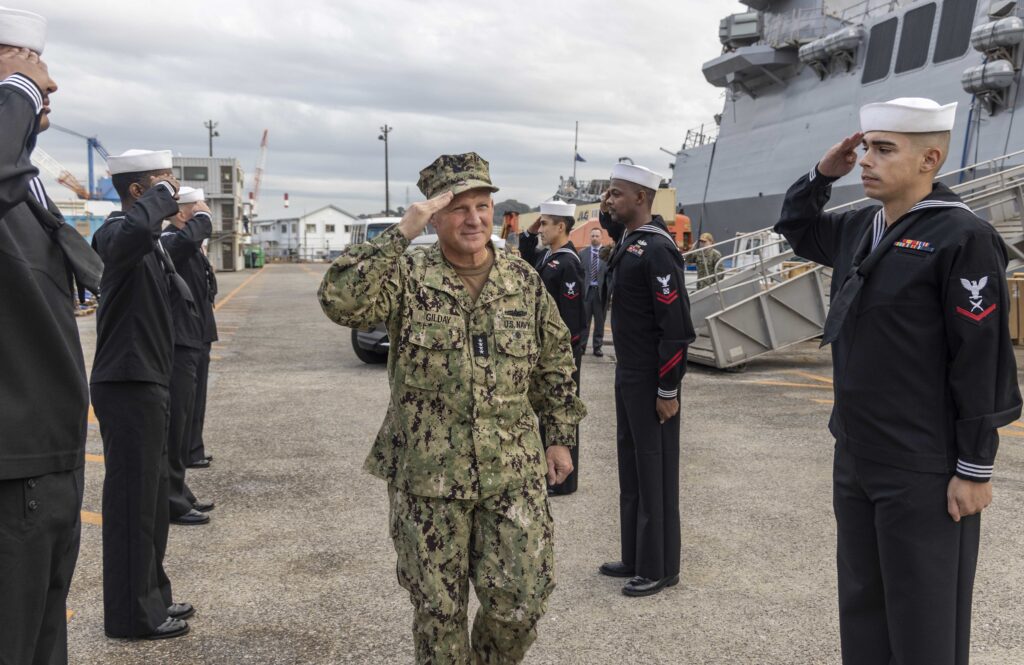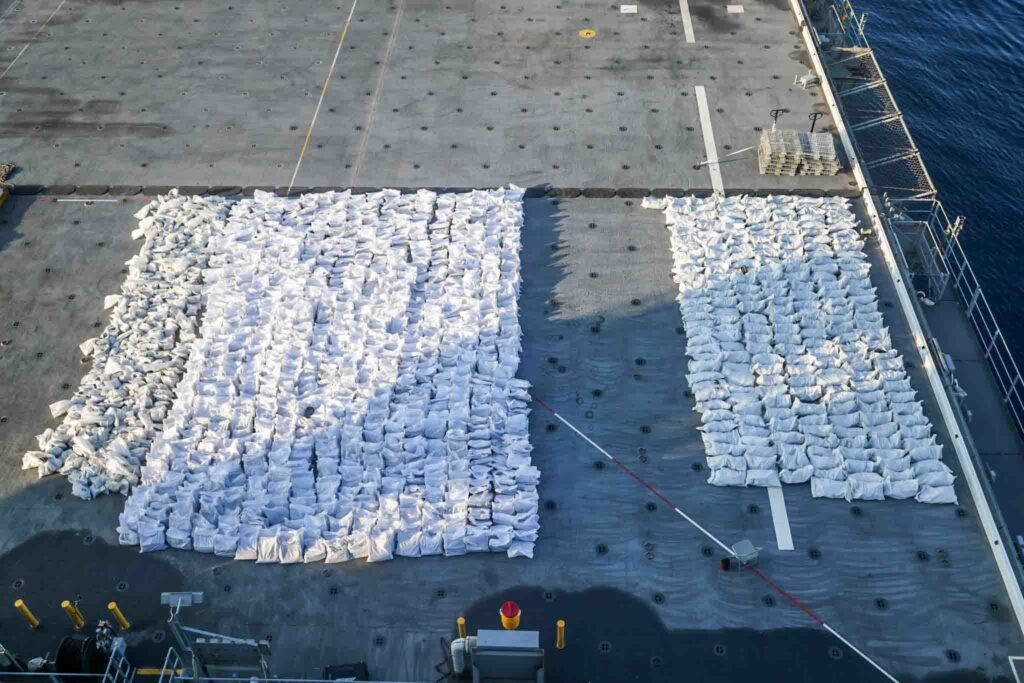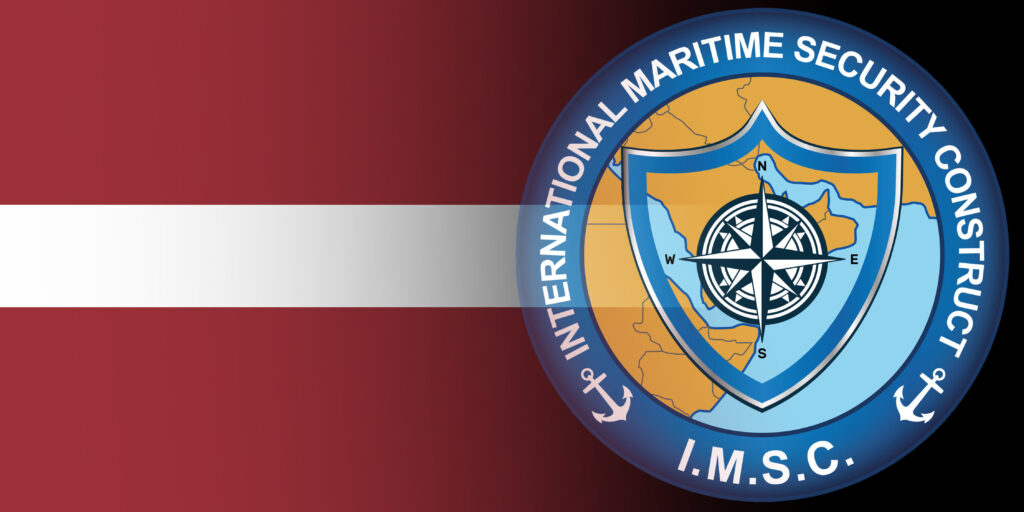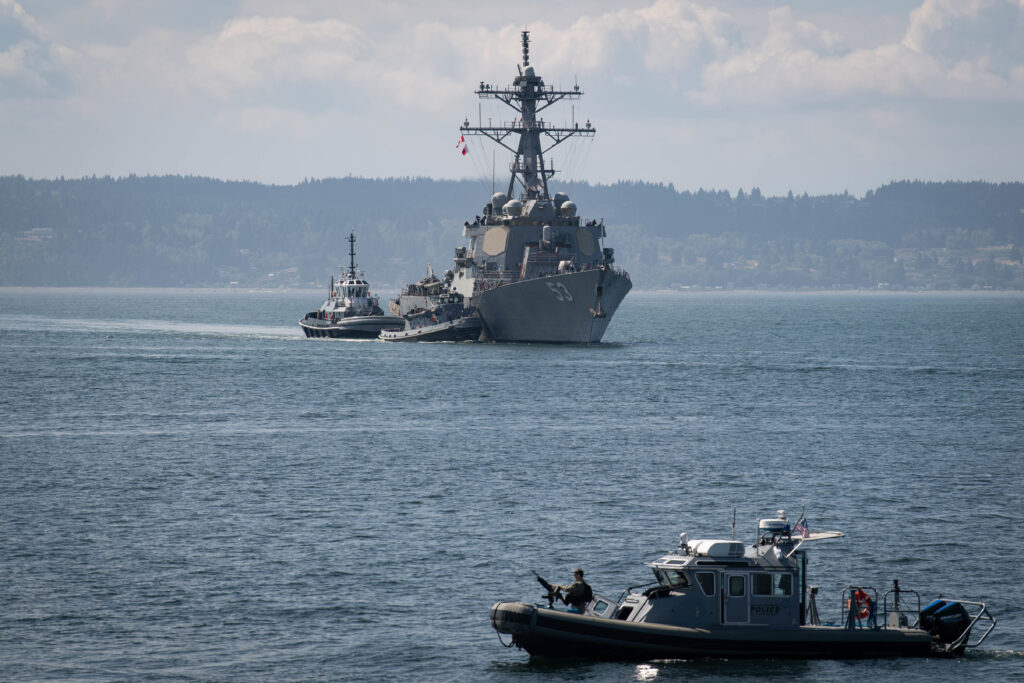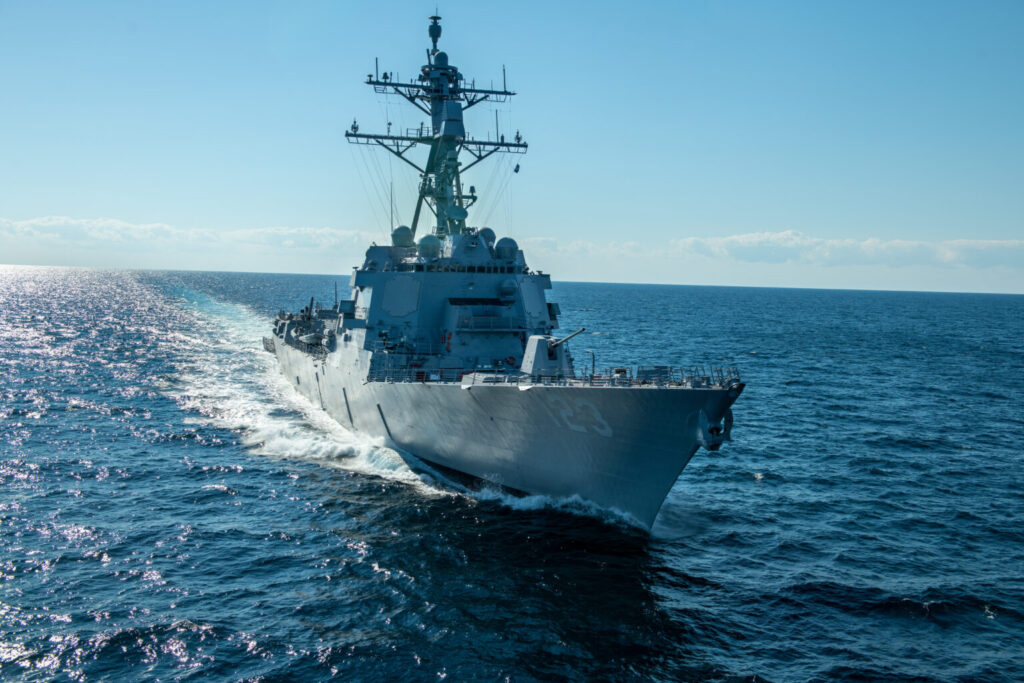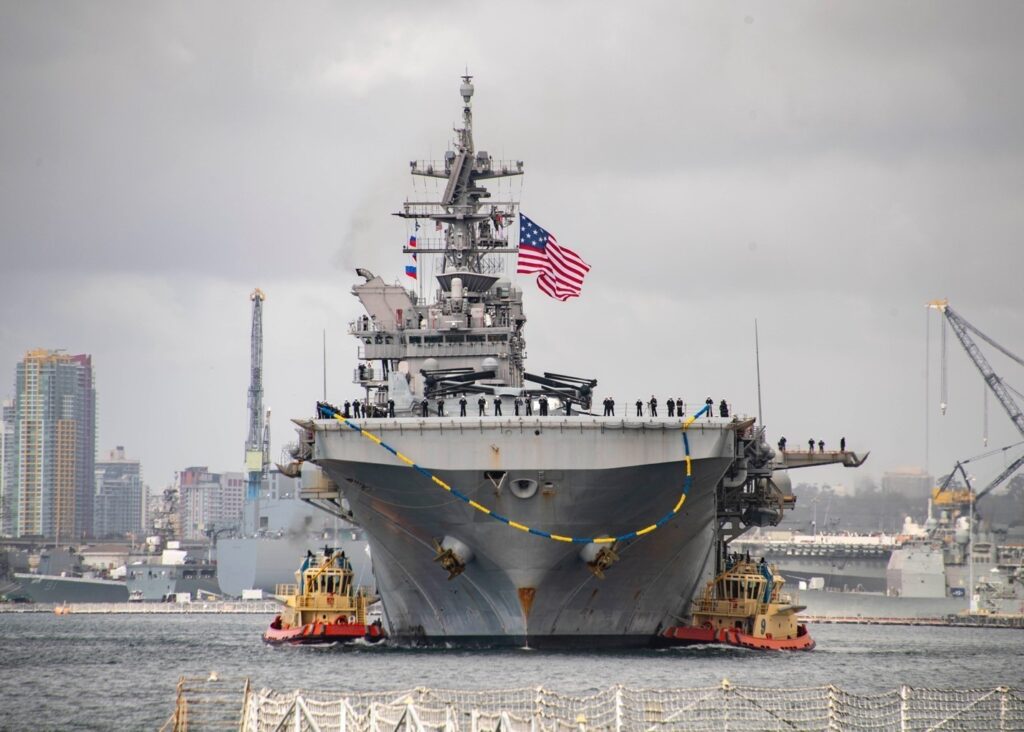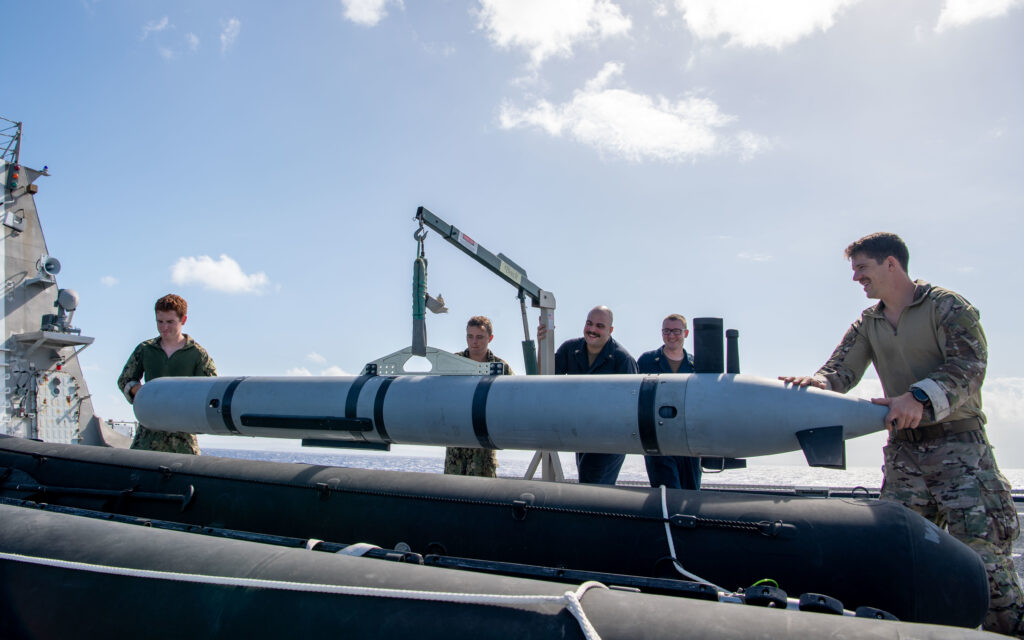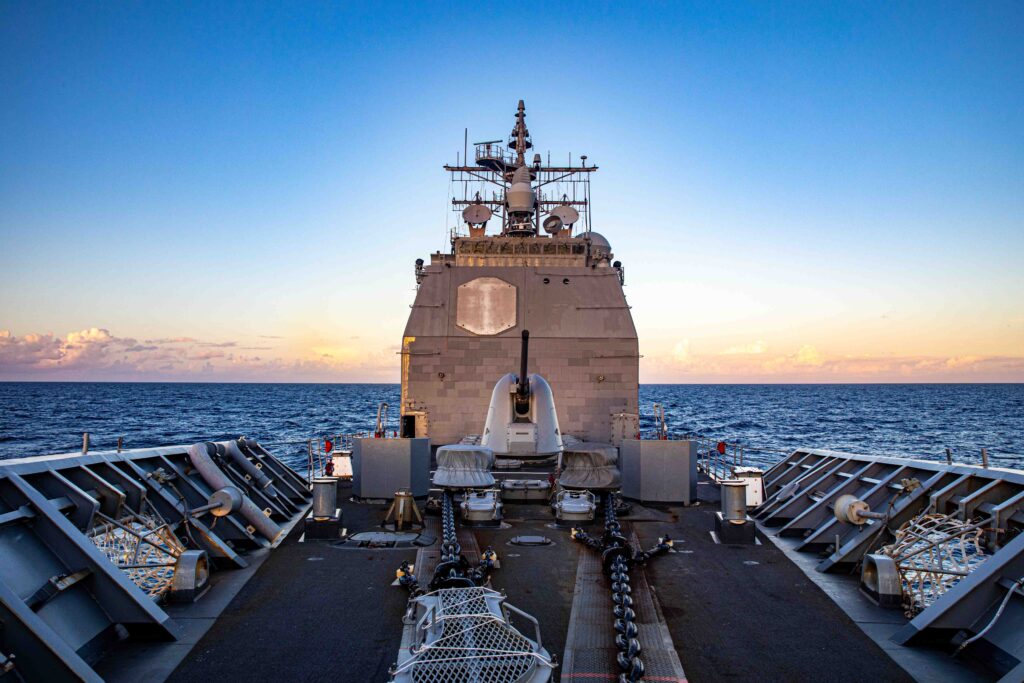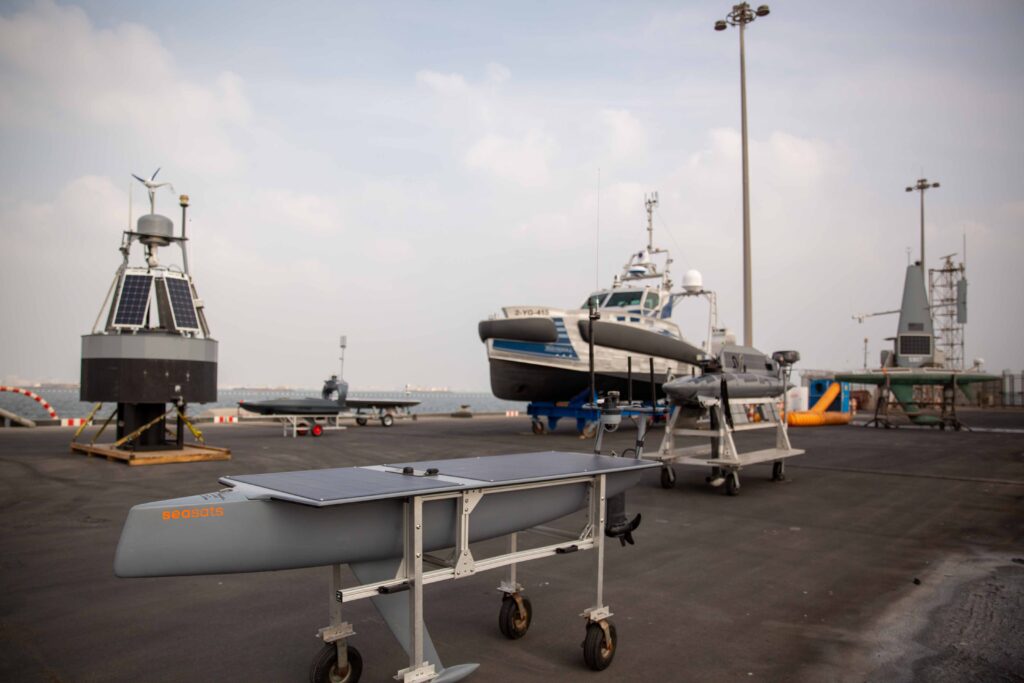INDOPACOM’s Aquilino: Ukraine Situation Could Happen in Taiwan
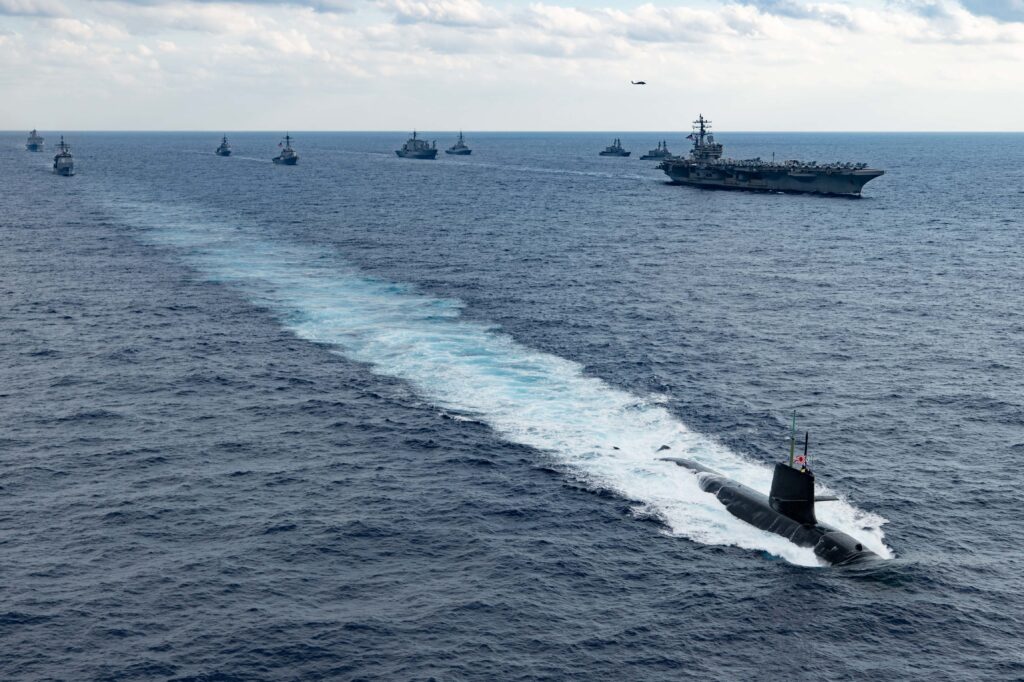
SIMI Valley, Calif. — The situation in Ukraine could easily happen in Taiwan if the main actors aren’t careful, a top admiral warned during comments at the Reagan National Defense Forum here on Dec. 3.
Adm. John C. Aquilino, commander of U.S. Indo-Pacific Command, said that while people were “surprised” at what happened in Europe with Russia’s invasion of Ukraine, many aspects of it could be repeated in Taiwan should a conflict there erupt.
“This could happen in the Pacific region,” he said. “We shouldn’t be surprised that it can happen.”
He said that he takes several lessons from the conflict in Ukraine that apply to Taiwan.
“Once the fight starts, it’s going to be really hard to end,” Aquilino said. “Which means we ought to take action now. We need a sense of urgency to deliver the force, the capabilities, the industrial base, the budgets and what is needed now to move as fast as possible to deliver deterrence and sustain our deterrence efforts.”
When asked why Taiwan was worth sending U.S. troops to die over a conflict there, Aquilino said Taiwan is “geographically and strategically important” to the United States.
“There’s economic capabilities there that are important to the United States economy,” he said. “There’s a number of reasons why we believe it’s important.”
Aquilino said he hopes that his counterparts in China are also watching the Ukraine conflict and taking lessons from it, such as the necessity to avoid underestimating how difficult of an undertaking it would be to take Taiwan, and the fact that it will cost “blood and treasure.”
He also warned China that the United States could enact sanctions that could have “500 times more devastating effects” than those on Russia because of how interconnected China was with the global economy. When the moderator pointed out that the same could be said of the United States and such sanctions could have a rebound effect, Aquilino said he was confident that the combined power of the United States, Japan and South Korea economies would “dwarf” China’s economy.
Aquilino pledged that the Navy will continue to perform military exercises in China’s backyard, claiming that the Navy performs 150 exercises in the Indo-Pacific region each year with allies.
